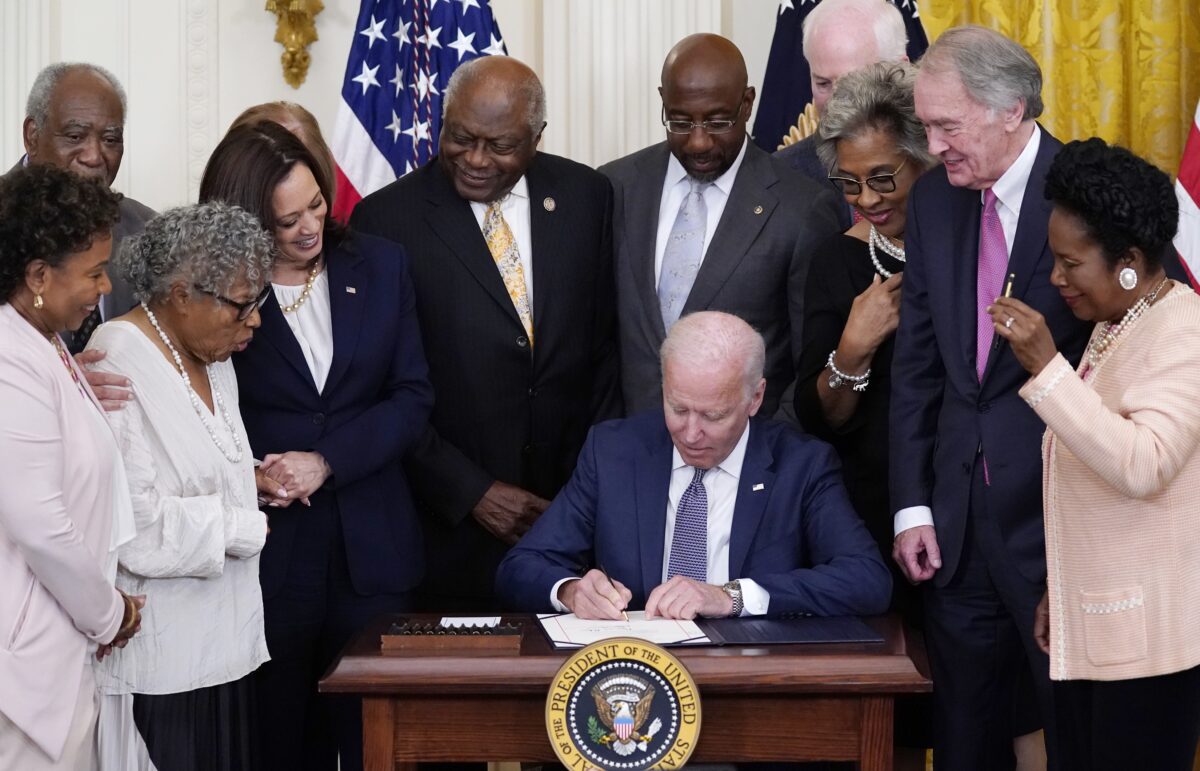Finance Docket No. 36514
CANADIAN NATIONAL RAILWAY COMPANY, GRAND TRUNK
CORPORATION, AND CN’S RAIL OPERATING SUBSIDIARIES
– CONTROL –
KANSAS CITY SOUTHERN, THE KANSAS CITY SOUTHERN
RAILWAY COMPANY, GATEWAY EASTERN RAILWAY COMPANY, AND
THE TEXAS MEXICAN RAILWAY COMPANY
ALLIED RAIL UNIONS’ PRELIMINARY COMMENTS
The Brotherhood of Maintenance of Way Employees Division/IBT; Brotherhood of Railroad Signalmen; International Association of Sheet Metal, Air, Rail and Transportation Workers-Mechanical Division; and National Conference of Firemen and Oilers, 32BJ/SEIU (referred to herein as the “Allied Rail Unions” or “ARU”)[1] respectfully submit these preliminary comments concerning the above-captioned potential transaction.
At this time, the ARU take no position regarding the merits of a proposed acquisition of Kansas City Southern (“KCS”). Nor do they express a preference for this proposed transaction or the competing proposed transaction in F.D. 36500. The present concern of the ARU is the non-productive, and potentially destructive, competition between Canadian National (“CN”) and Canadian Pacific (“CP”). After CP offered a premium to KCS shareholders for its proposed acquisition, CN upped the ante by 21%. Just several weeks after CP announced its proposed acquisition, CN announced that it would bid $5 billion over what CP was offering. Now CN has increased its offer by another $770million. According to the Board’s Decision No. 3 in this proceeding “CN intends to raise ‘approximately $19.3 billion of new debt’ to finance its proposed merger with KCS; CN’s original offer “represents “an implied premium of 45% when compared to KCS’ unaffected closing stock price on March 19, 2021”; and the most recent offer “represent[s] ‘an implied premium of 45% when compared to KCS’ unaffected closing stock price on March 19, 2021’”. And now there is talk of CP increasing its offer. As CN and CP compete for KCS, and offer KCS shareholders premium on top of premium, there is a very real possibility that they may negate any potential transportation benefits of a consolidation with KCS, and there is a likelihood that innocent bystanders–– employees of CP, CN and KCS, and shippers which use those carriers—will pay a price for this exercise in one-upmanship.
A bidding war has consequences. The successful carrier would be spending far more than any rational calculation of the value of the target. By overpaying to keep the target out of the hands of its rival, the successful bidder would have less capital to invest in the ultimate railroad; every dollar spent wooing shareholders of the target is a dollar not invested in the railroad. Further, to support increasing bids, the successful contestant would be likely to take on unanticipated debt, beyond what otherwise would be appropriate, to acquire the target; or it would diminish existing resources. The successful bidder, having spent more than what was anticipated and what is reasonable would likely seek to recoup its excess expenditures by seeking so-called cost-cutting “efficiencies” from rail workers; and it would likely seek to reduce other costs, which, in turn, would diminish service.
The ARU have seen this movie before. When CSX tried to acquire control of Conrail, offering a premium to Conrail shareholders, NS offered to top CSX’s bid, which led to CSX upping its offer. Conrail’s shareholders were the beneficiaries of a competition to pay them far beyond the intrinsic or even market value of their shares. Because of concerns about where the competition might lead, then STB Chair Linda Morgan stepped in and called a time out and brokered a resolution– CSXT would acquire the lines of the former New York Central Railroad, and NS would acquire the lines of the former Pennsylvania Railroad. The bleeding of resources was stopped but some damage was done as a result of inflated payments to Conrail shareholders, which ultimately reduced resources available to the surviving railroads. And in completing the acquisitions CSXT and NSR sought to reduce labor costs by implementing so-called efficiencies. One cannot know what reduction to labor costs would have been sought but for the bidding war, but the inflated share prices as a result of the bidding war certainly increased pressure to implement “efficiencies”.
However, there is no obvious similar solution to a wasteful competition between CP and CN. Unlike in the case of Conrail, there does not appear to be a reasonable way to divide KCS between them. But that does not mean that the Board should be inert if the competition escalates. As was the case with Conrail, the Board should recognize it has a role to play to ensure that any acquisition of KCS is in the public interest. Under Section 11324, when presented with a transaction involving the merger or control of two Class I carriers, the Board “shall consider” the effect of the transaction on adequacy of transportation to the public”, “the total fixed charges that result from the transaction”, “the interest of carrier employees affected”, and whether the proposed transaction would have an adverse effect on competition. Ultimate approval of a transaction is dependent on a determination that the transaction is “consistent with the public interest”; and the Board may impose conditions on its approval of a transaction. CP and CN are each committed to acquiring KCS. On CN’s part, it is driven not only by what it presumably believes to be the benefits of a consolidation, but also to keep KCS out of the hands of its rival (after all, CN only moved after CP announced its plan). On CP’s part, it apparently believed in the benefit of a consolidation with KCS and offered a price it thought appropriate with some premium to induce acceptance, but now it has invested time and resources that it does not wish to lose, and it too is concerned about its rival acquiring KCS. While the ARU will not opine as to whether these are rational business decisions for CN and CP, the ARU do submit that the successful bidder overpaying for KCS, depleting resources and taking on debt, and chasing “efficiencies” in order to recoup the overpayment are bad for rail transportation.
At this point, which bid is accepted by KCS and what the purchase price will be is in the hands of KCS shareholders. KCS’s current shareholders have an incentive to seek the highest price for their shares; the long-term health and vitality of the ultimate railroad is not their foremost concern. But they do not have the final say; they do not decide whether an acquisition is in the public interest; the Board must make that determination. And the shareholders should be cautioned that, notwithstanding their efforts to maximize the bids for their shares, it may all come to naught if the Board finds that the bidding war has undermined the potential value of the transaction.
Given those standards, the Board should make it clear that its assessment of whether a proposed acquisition of KCS is appropriate will be based on the considerations identified in Section 11324, and on whether it is ultimately in the public interest, and it will turn in part on evaluation of the purchase price and any premium paid. The Board should also make it clear that just because the applicants have invested time and money in bringing forward an application, financial markets like the transaction, and they have lined-up supporters (who don’t even know any details about this transaction) will not be sufficient to gain approval of the transaction. And the Board should declare that it will not approve plans for cost-cutting and so-called “rationalizations” that appear to be driven by a desire to recoup overpayment for control of KCS. Finally, the Board should also state that despite the plans of the successful bidder, despite the resources expended and debt assumed, despite the effects of any voting trust, it will not approve a bid when the transportation value of the proposed transaction has been diminished by overpayment that has resulted from corporate one-upmanship to obtain advantage in a rivalry.
Respectfully submitted,
/s/ Richard S. Edelman
Richard S. Edelman
Aaron S. Edelman
Mooney, Green, Saindon, Murphy & Welch, P.C.
1920 L Street NW, Suite 400
Washington, DC 20036
(202) 783-0010
Redelman@MooneyGreen.com
Aedelman@MooneyGreen.com
- There is no formal organization known as the “Allied Rail Unions”, rather that name has been adopted by these organizations for convenient collective reference in this proceeding; each organization is a separate participant in this proceeding.
XXXXXXXXXXXXXXXXXXXXXXXXXXXXXXXXXXXXXXXXXXXXXXXXXXXXXXXXXXXXXXXXXXXXXXXXXXXXXXXXXXXXXXXXX







